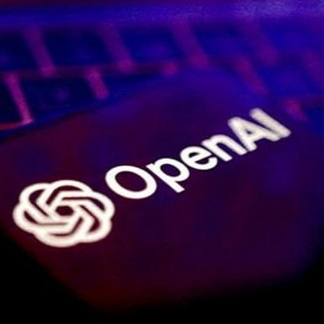OpenAI's Strategic Shift Towards Custom AI Hardware
In a significant move to reduce reliance on Nvidia's GPUs, OpenAI is expediting the development of its inaugural in-house AI chip. The company plans to finalize the chip's design in the coming months and send it for fabrication to TSMC, targeting mass production by 2026. This initiative is part of OpenAI's broader strategy to strengthen its position in the competitive AI landscape.
Design and Production Timeline
The process of sending a chip design through a fabrication plant, known as "taping out," is a critical milestone in chip development. For OpenAI, this step involves substantial financial investment, with typical tape-out costs reaching tens of millions of dollars. The production timeline is approximately six months, though paying a premium can expedite this process. It's important to note that initial tape-outs may encounter functional issues, necessitating further iterations to achieve a fully operational chip.
Enhancing Negotiation Leverage
Internally, OpenAI views the development of a training-focused chip as a strategic tool to bolster its negotiating leverage with existing chip suppliers. Success in this endeavor would enable OpenAI to mass-produce its proprietary AI chip, providing an alternative to Nvidia's offerings and potentially reshaping supplier dynamics in the AI hardware market.
Building an Expert Team
Leading this ambitious project is Richard Ho, a former Google engineer who played a pivotal role in developing custom AI chips at Alphabet. Since joining OpenAI over a year ago, Ho has expanded his team to 40 members, collaborating closely with Broadcom to design the chip. This collaboration leverages Broadcom's expertise in semiconductor solutions, aiming to create a chip optimized for OpenAI's specific AI workloads.
Industry Context and Challenges
OpenAI's initiative reflects a broader industry trend, with major tech companies like Microsoft and Meta investing heavily in AI infrastructure. These companies are exploring in-house or alternative solutions to Nvidia's chips due to rising costs and dependence on a single supplier. However, developing a custom AI chip is a complex and costly endeavor, with expenses potentially reaching $500 million for a single chip version, doubling when accounting for necessary software and peripherals.
Market Dynamics and Future Outlook
The AI chip market is currently dominated by Nvidia, which holds approximately 80% market share. However, the increasing demand for AI applications and the substantial investments by companies like Meta and Microsoft—planning to spend $60 billion and $80 billion respectively on AI infrastructure—indicate a rapidly evolving landscape. OpenAI's move to develop its own AI chip positions it to better meet its computational needs and could influence future market dynamics.
Conclusion
OpenAI's accelerated efforts to develop an in-house AI chip signify a strategic shift aimed at reducing reliance on Nvidia and enhancing its technological capabilities. By investing in custom hardware solutions, OpenAI aims to strengthen its position in the competitive AI industry, aligning with a broader trend among tech giants seeking greater control over their hardware infrastructure.
Source: indianexpress / Chat GPT







